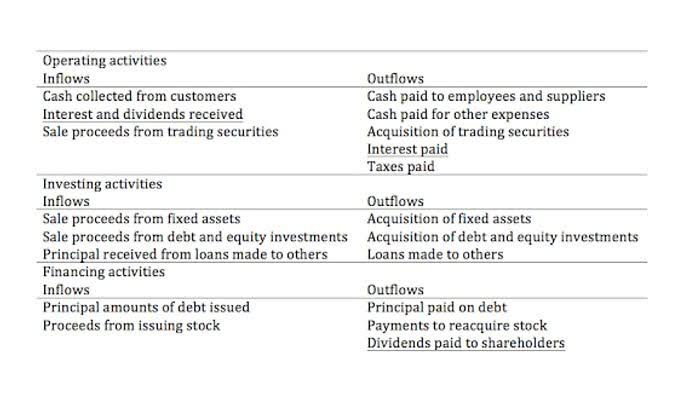
If you can’t afford software with this capability, do what you can to record retention receivable and payable with each transaction. Additionally, by withholding a portion of the payment, the general contractors ensure that funds Medical Billing Process are available to cover unforeseen costs, subcontractor failings, or expenses that may arise during the project. The reason retainage is so effective at incentivizing timely and appropriate project completion is due to the low profit margins that subcontractors generally earn. In many instances, the amount retained represents the majority of a subcontractor’s profit.

Substantial completion
Retention is financial security (also called cash retention or withheld cash) held by the lead contractor to ensure that its subcontractors adequately fulfill the obligations required of them under the contract. It is also used as a safeguard against defects in case a subcontractor fails to correct them. But subs feel the brunt end of the impact as retainage trickles down through contracts. They’re essentially forced to finance the job while GCs bookkeeping don’t have to pay anything until they’ve been paid by their client.

Exam Prep Timeline
Click here to see Retainage rules, info, and FAQs for all 50 states, and you can also take a look at the map below to see an overview of the requirements in your state. Retainage is often confusing all by itself, and then there is also a lot of very confusing terminology as well. But there is a difference between Retainage Receivable and Retainage Payable. For the project to be completed within budget, retention payments trickle down the chain of payment to each individual working on the project.

Authorized Education Providers
While you can’t get rid of the problem completely, proper preparation can help you avoid losses related to the process. Learn more about how you can use construction billing software from Flashtract to help eliminate problems that plague the construction payment process. Contractors must outbid one another to win a project that will help keep their company afloat.

- Retainage rates can easily equal (or surpass) the entire project’s profit margin.
- In this instance, $25,000 will have been withheld when all is said and done.
- While this practice is generally seen as favouring clients, it also ensures contractors don’t have to wait until the end of a project to get any money.
- When a contractor is cash-strapped for this or other projects, they may compensate by withholding a more significant share from subcontractors.
- For example, an owner and contractor might decide to keep 10% of the payments until the job reaches 50% completion, after which they will reduce the retainage on progress payments to 5%.
- In some cases, retention payment is held until a project is complete.
Retainage refers to the practice of withholding a percentage of a construction contract’s total amount from a contractor or subcontractor. In other words, the developer keeps a small amount from each installment payment to ensure the project’s successful completion rather than paying in full. Retainage in construction is a practice where a part of the payment due to a contractor or subcontractor is held back by the developer, project owner, or general contractor. Though grounded in practices that make sense for the construction industry, it is a retainage vs retention problematic practice that can add unnecessary complexity to construction businesses. Construction is one of the hardest industries to manage cash flow in, with contractors often facing large up-front costs and frequent, long delays between expenses and payment.
